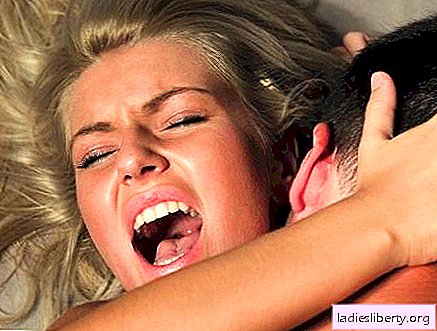
Botulinum toxin type A (Botox) was approved in 2011 for the treatment of migraine attacks. However, the treatment method is used extremely rarely. Plastic surgeons insist on increasing the number of indications for the procedure. In a recent study, scientists found that Botox is most beneficial for patients with chronic migraine.
How effective is Botox?
Botox treatment has been approved since 2011 for adults with chronic migraine who do not respond well to other drugs. The Federal Drug Administration approved the drug based on 2 studies. The advantage of Botox injections, however, can only be shown in patients with a chronic form of migraine.
15 more studies were conducted, the results of which are now summarized in a scientific review. They involved 3646 patients, 1551 of whom suffered from 15 episodes of migraine per month. In these people, Botox injections were repeated every 12 weeks.
The study noted a decrease in headache days by 1.56 points per month. The advantage was statistically significant, therefore, the effectiveness of the drug was considered proven.
For patients with less than 15 episodes of headache per month, the decrease was only 0.17 points per month. This was not statistically significant, so Botox is not recommended for short-term migraines.
Botox can reduce the number of migraine attacks by 2 days per month.
The main disadvantage of the study: most of the participants were women. Therefore, it is unclear whether treatment will help both men and women.
The prophylactic effect of Botox decreased after 7 months. Therefore, participants received another 1 injection after 3 months from the end of the study. However, none of the trials lasted more than 9 months. Participants completed a maximum of 3 treatment sessions. Therefore, the possible long-term effects have not been adequately studied.
Botox is only recommended for chronic migraines.
The results confirm current protocols that recommend only Botox injections for chronic migraine. Improvement comes according to the results of the study within 2 months. To maintain effectiveness, injections must be repeated every 12 weeks.
The effect of Botox on short-term migraine was studied in only 1 study involving 418 people.
The result does not indicate a significant improvement: the difference between the Botox and placebo groups is only 0.2 days. Due to the wide range of variations and the unclear quality of the study, it is impossible to draw an unambiguous conclusion.
How is Botox treated?
The patient is given injections in 7 muscle areas of the head and neck. Serious side effects sometimes occur. They are the reason why scientists recommend treating only experienced doctors.
When carrying out the procedure by a qualified specialist, serious complications can be avoided.
Experts believe that therapy is safe and effective. The studies also did not reveal any adverse health effects.
What side effects does Botox cause and when is it contraindicated?
Common side effects include muscle weakness and neck pain. Some people who have undergone the procedure have difficulty swallowing. Negative effects disappear again as soon as the paralyzing substance ceases to act.
Previous studies provide the following figures:
- After the Botox injection, 60 out of 100 people had side effects.
- After the introduction of a solution of sugar and salt, 47 out of 100 patients experienced disorders.
Botox caused side effects in 13 out of 100 people. 3 out of 100 participants stopped participating in the study prematurely due to unpleasant sensations arising during the procedure.
In certain cases, the procedure should not be performed. If the patient suffers from myasthenia gravis or intolerance to botulinum toxins, treatment should be completely abandoned.
Both conditions are not common in everyday clinical practice. However, there are patients who tolerate Botox but do not respond to treatment. In the absence of effect, injections should not be continued.











